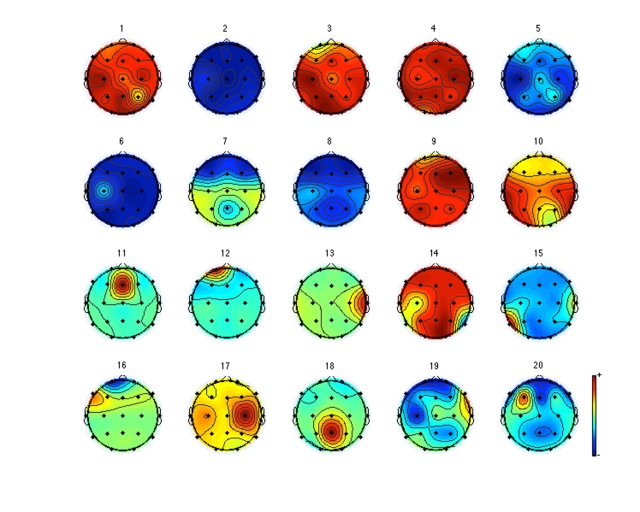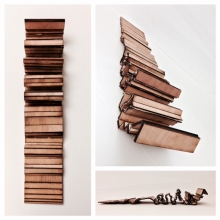arquitectura
The urban space is a world of (smell)stories
Submitted by Wilfredo Mendez Vazquez on
Startup Weekend llega a Ponce
Submitted by Greetchen Díaz-Muñoz on
Architecture inspired by science
Submitted on 30 October 2013 - 9:40am
This article is reproduced by CienciaPR with permission from the original source.













